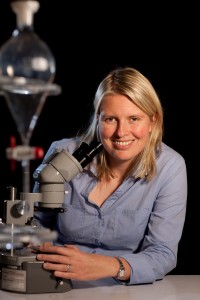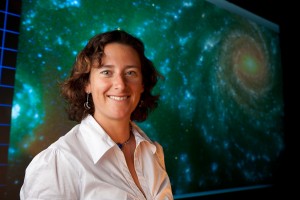Zenobia Jacobs
University of Wollongong
Zenobia Jacobs wants to know where we came from, and how we got here. When did our distant ancestors leave Africa and spread across the world? Why? And when was Australia first settled?
These are difficult and controversial questions. But Zenobia has a deep understanding of time and how to measure it. She has developed a way of accurately dating when individual grains of sand were buried with human artefacts. And that technique is transforming our understanding of human evolution.










